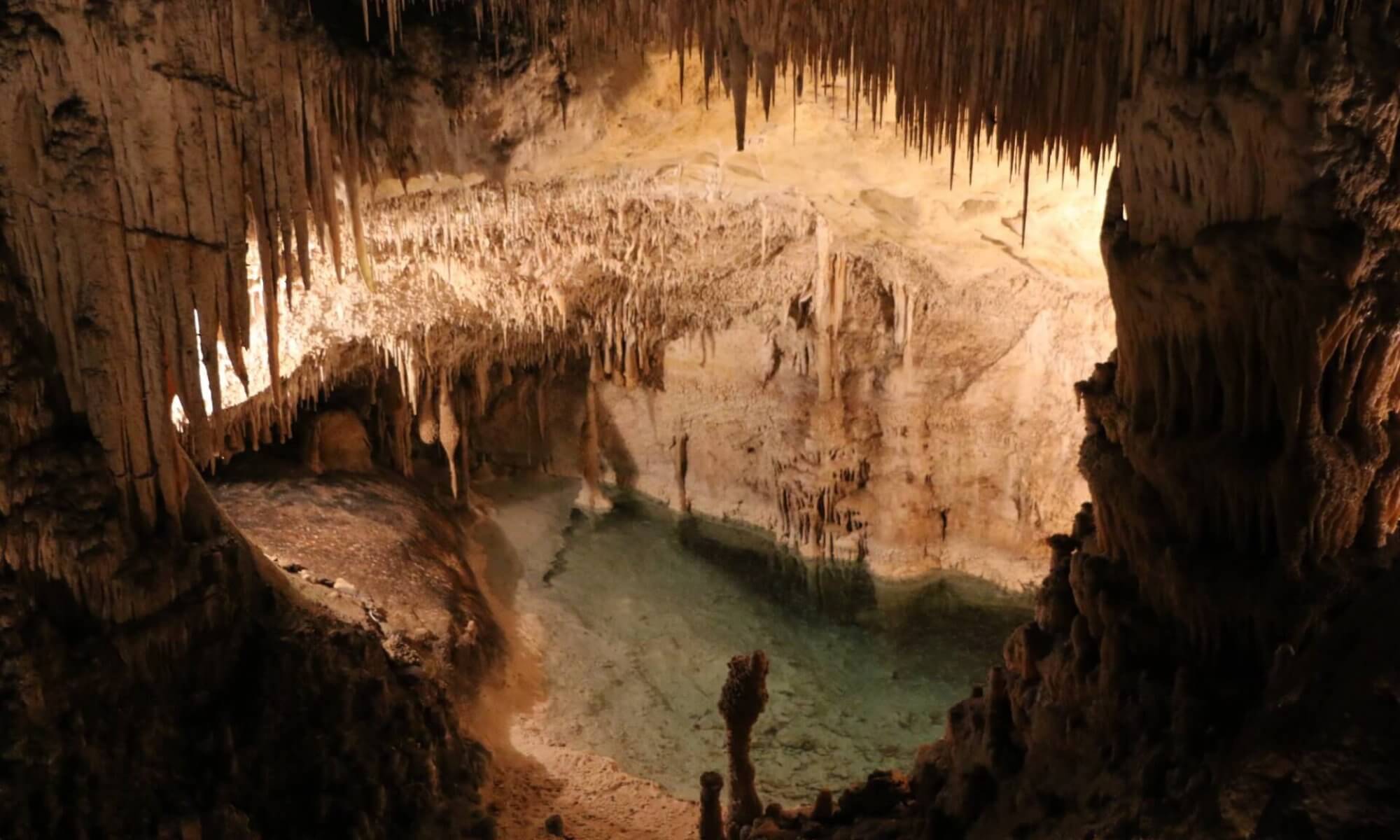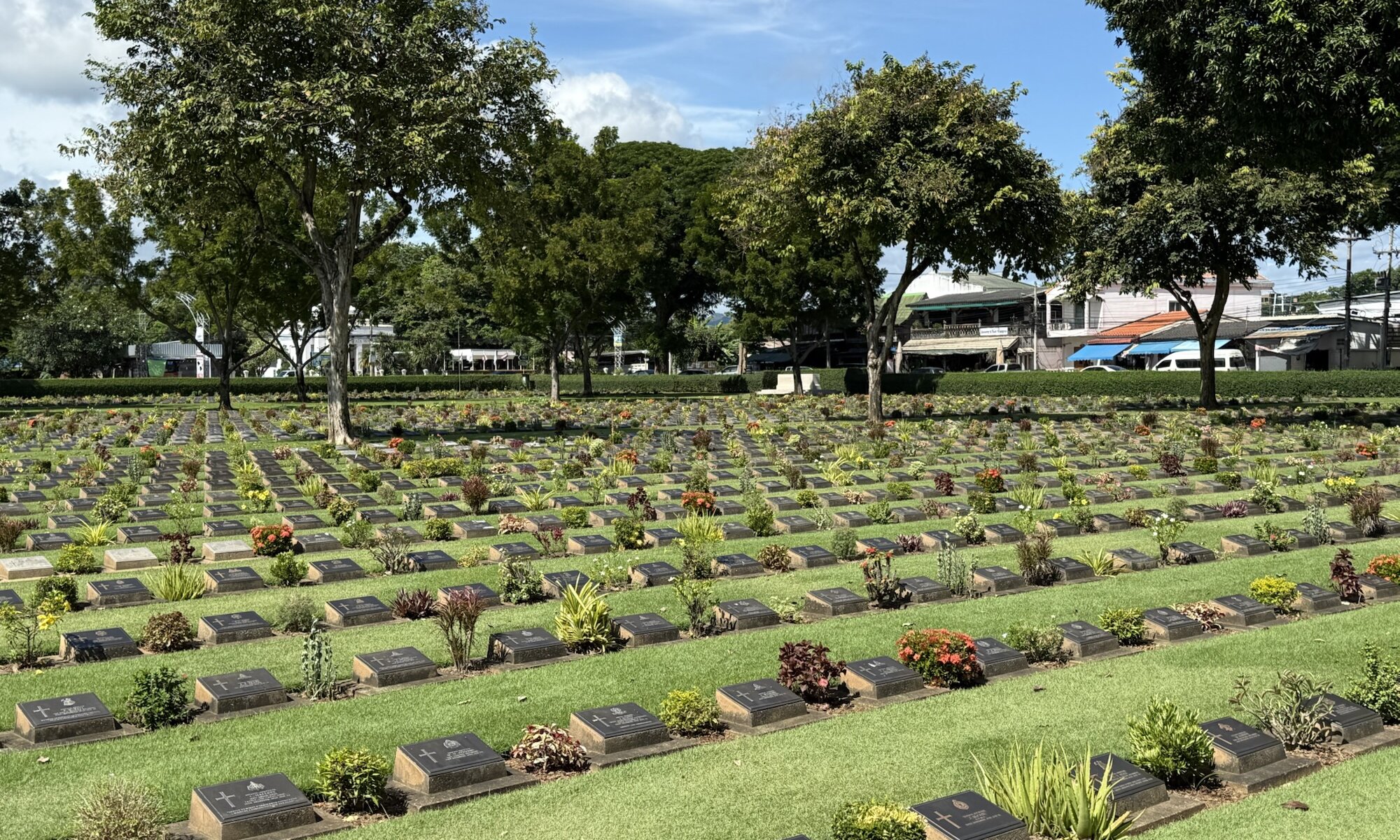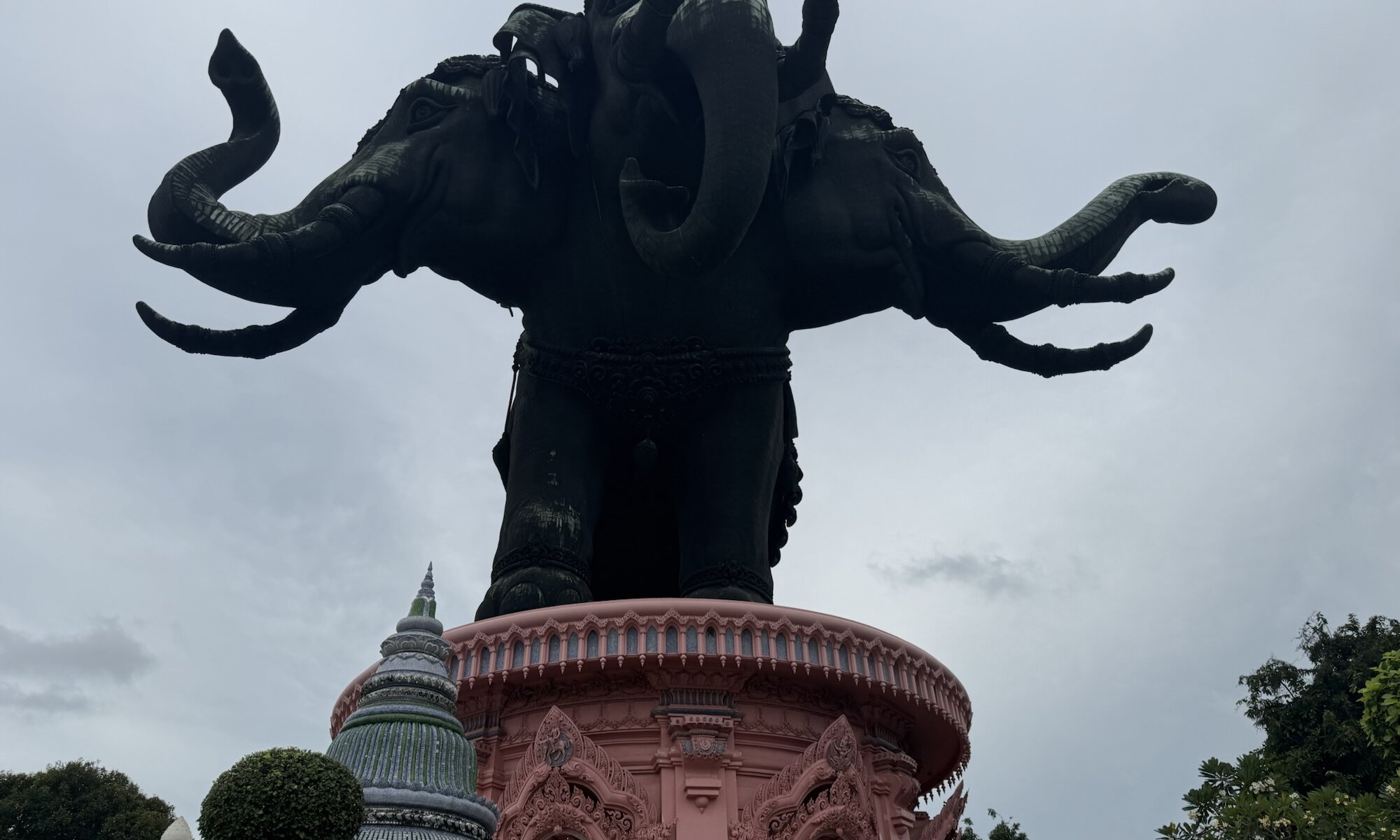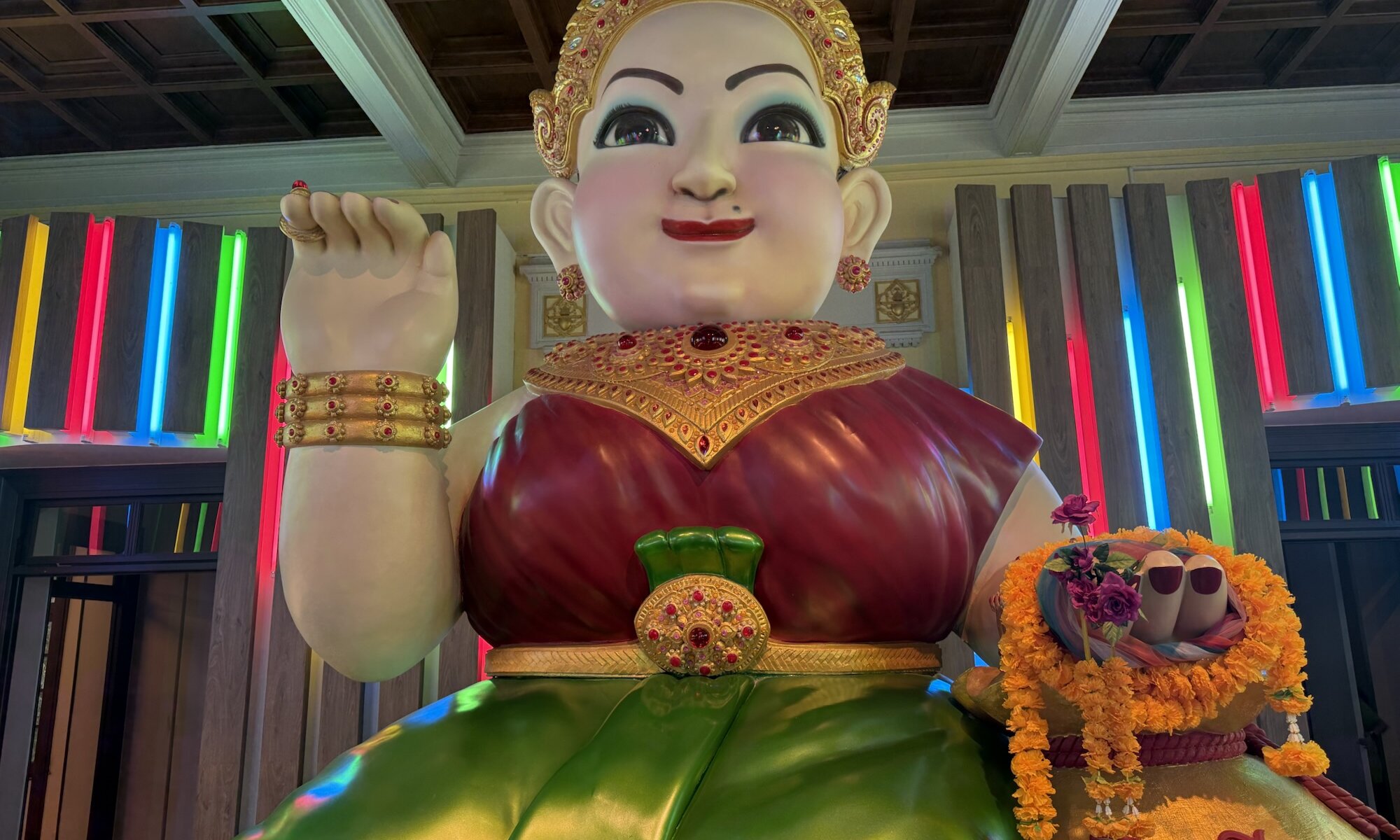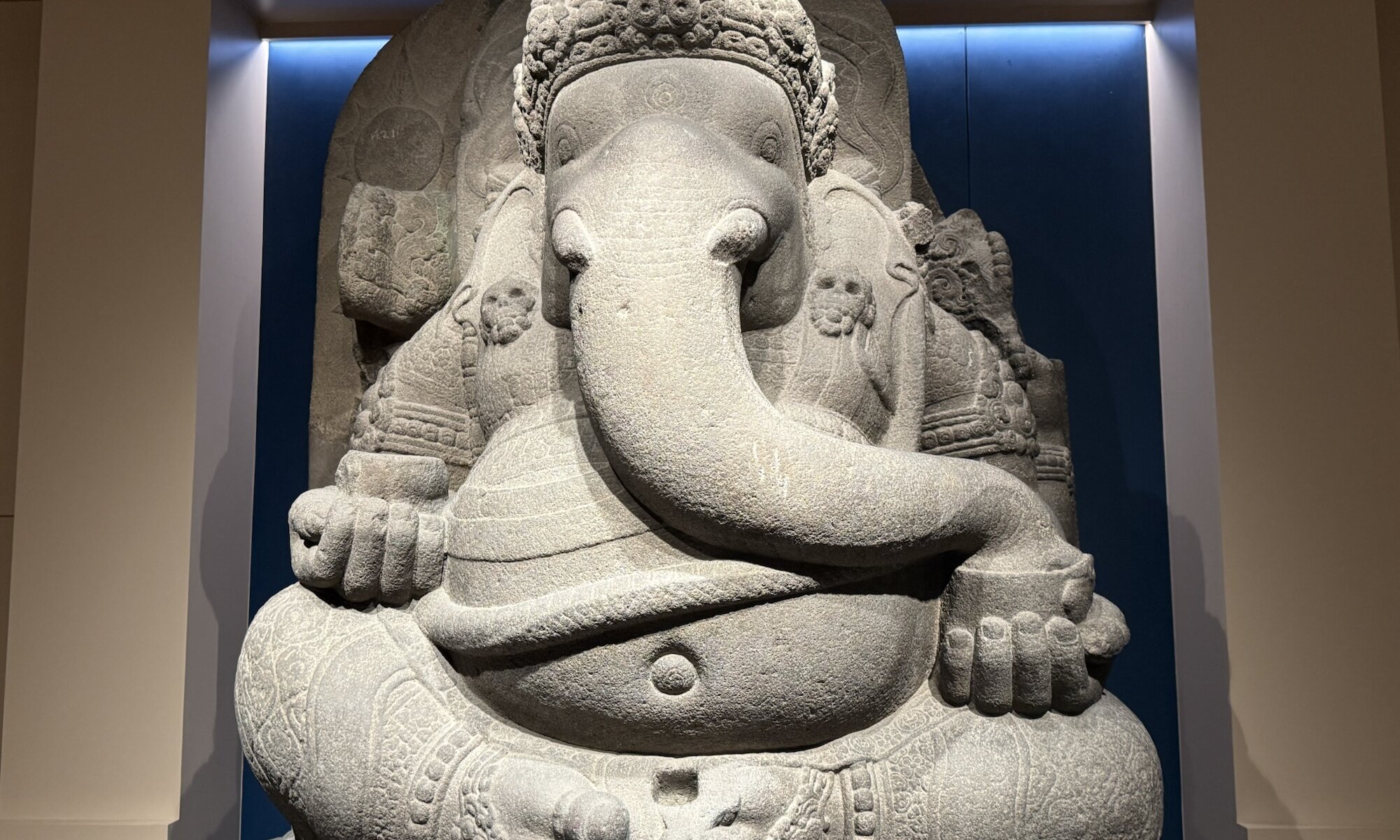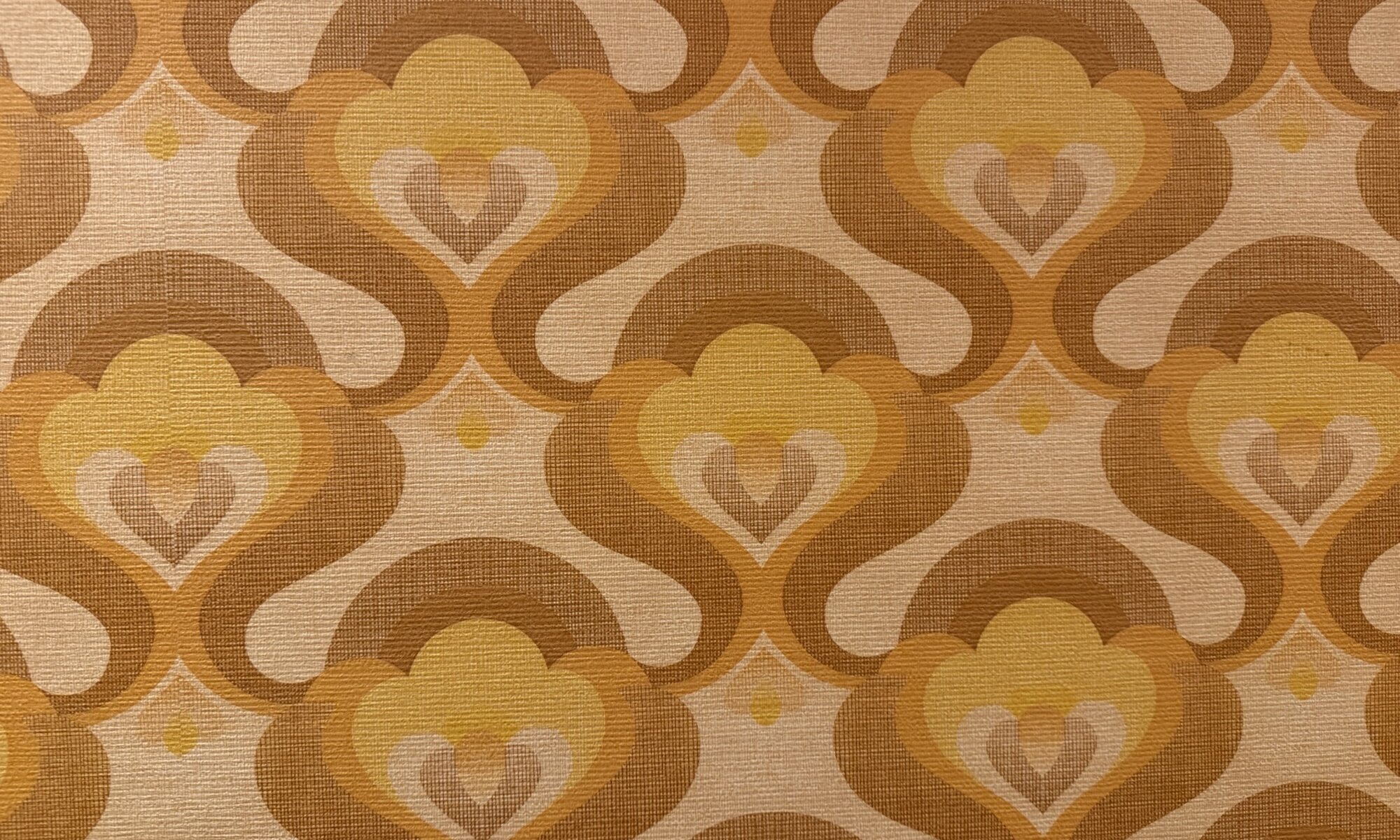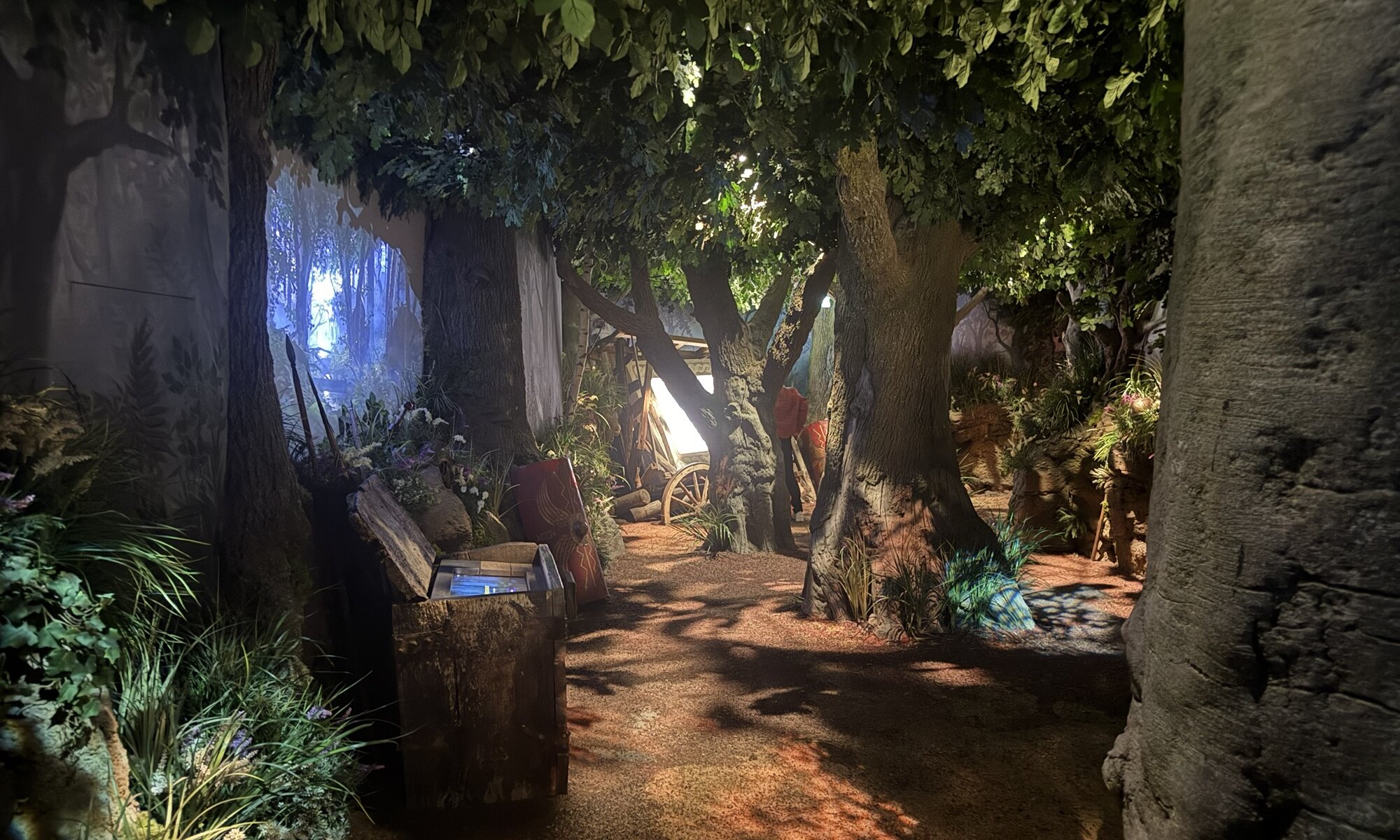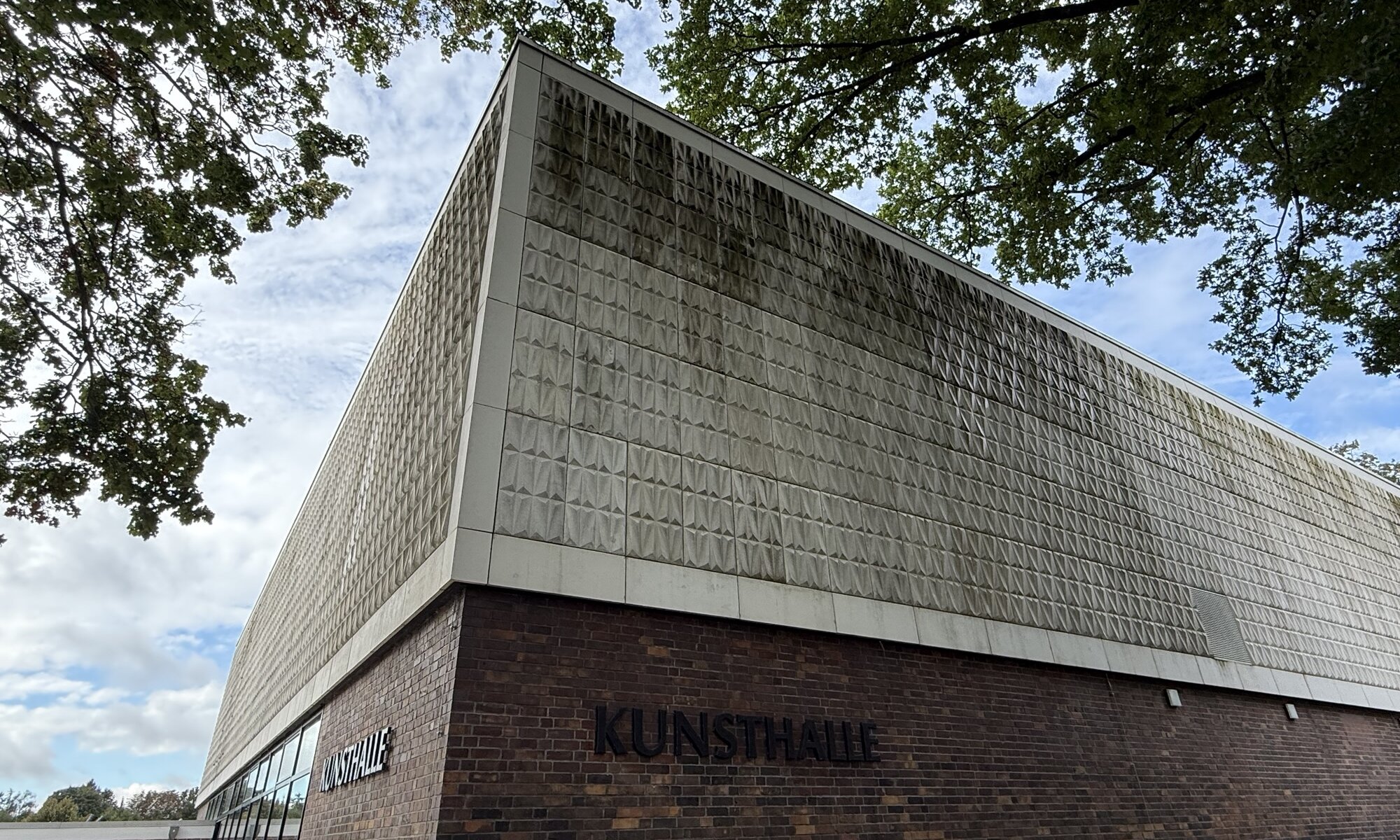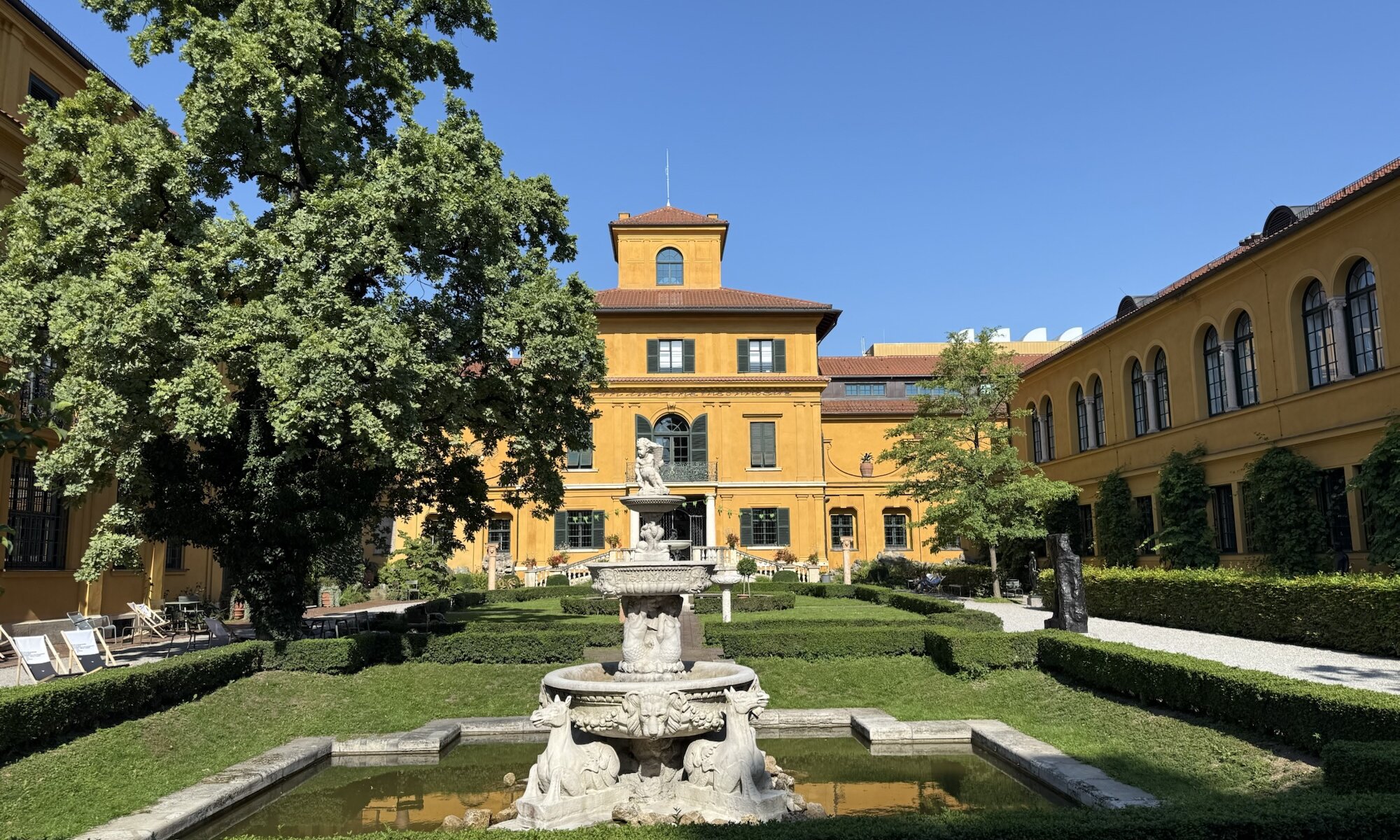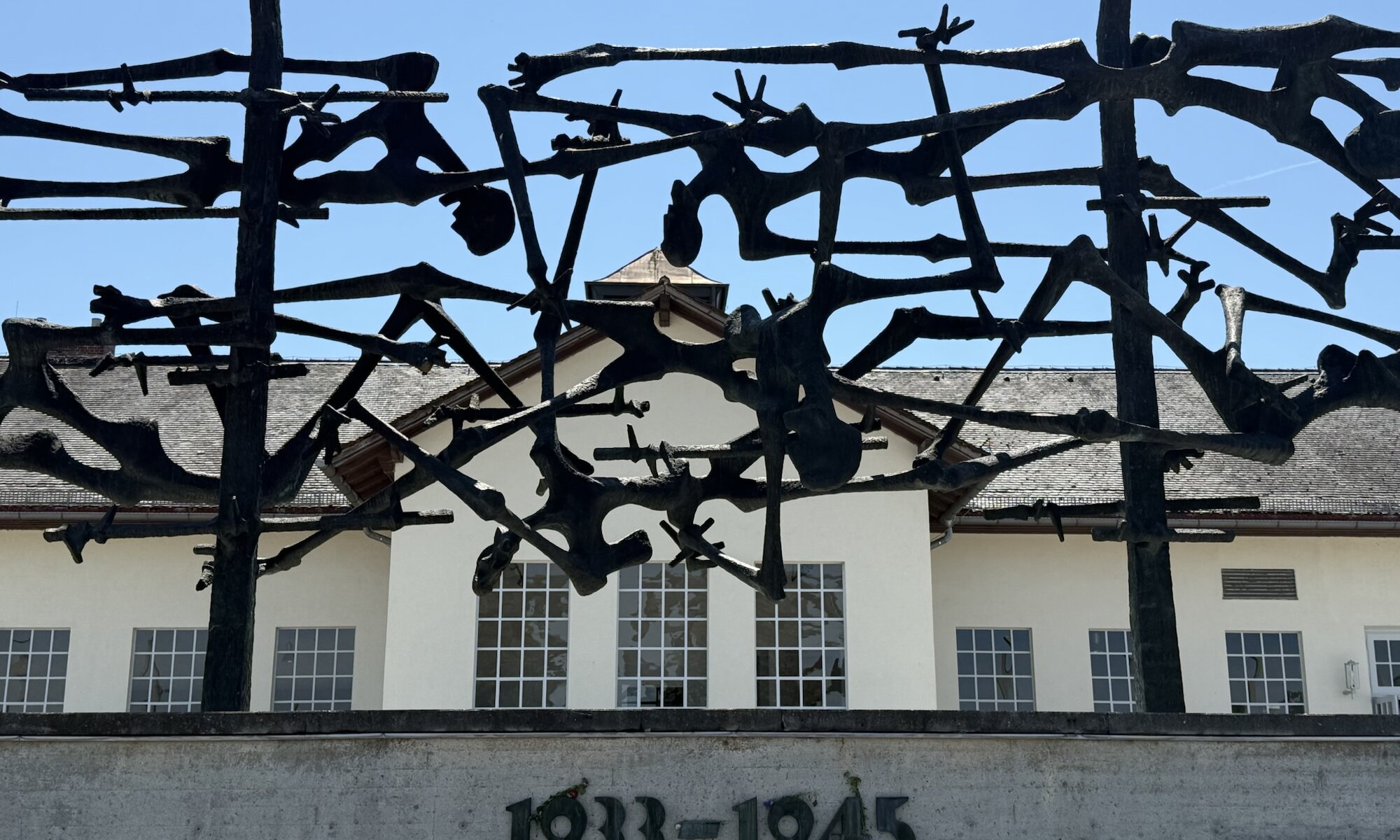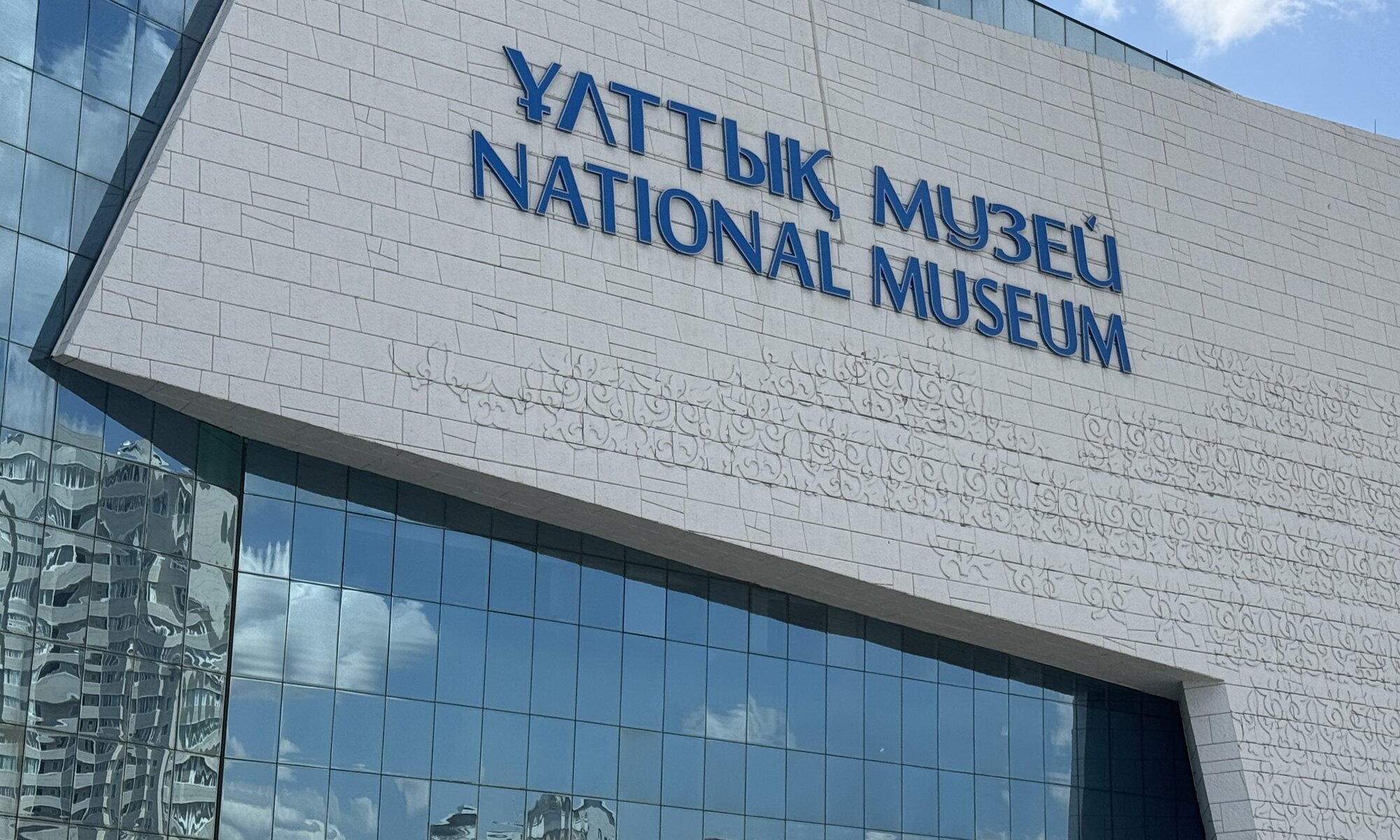The Western understanding of World War II’s Asian theatre often remains limited, with far more focus placed on European battles and events. This gap in knowledge means the profound experiences and complex roles of countries like Thailand during the war are frequently overlooked. Thailand’s position during this period was shaped by its geographical location and political pressures, which led to a unique wartime experience that had lasting implications for the country and the surrounding region.
Continue reading “WW2 in Thailand”Three-headed elephant
The Erawan Museum in กรุงเทพฯ is a remarkable cultural landmark, uniquely housed inside a colossal three-headed elephant sculpture, known as Erawan or Airavata from Hindu mythology. This impressive statue stands about 29 metres high and weighs roughly 250 tonnes, crafted from intricately attached copper plates that shimmer with detailed artistry. The elephant represents the mythical vehicle of the Hindu god Indra and is a powerful symbol in Thai culture, embodying harmony and balance through its three heads. The museum itself, located in the Samut Prakan area just outside central กรุงเทพฯ, was created by a visionary Thai businessman, Lek Viriyapant, who also developed other cultural sites like the Ancient City and Sanctuary of Truth.
Continue reading “Three-headed elephant”Only in Thailand
The Siam Museum in กรุงเทพฯ presents an engaging and interactive journey into Thai culture, history, and identity. Housed in an elegant 19th-century neoclassical building that once served as the Ministry of Commerce, the museum beautifully blends architectural heritage with modern exhibit technology. Visitors can expect to explore an array of thoughtfully curated displays that focus on what it truly means to be Thai, covering traditions, beliefs, and the evolution of Thai society from ancient times to the present day. The atmosphere is refreshingly hands-on, encouraging active engagement rather than passive observation.
Continue reading “Only in Thailand”Thai history
The National Museum in กรุงเทพฯ stands as a monumental beacon of Thai culture and history. Established in 1874 by King Chulalongkorn (Rama V), it was originally created to display the royal collections of his father, King Mongkut (Rama IV). The museum’s home is the former Wang Na Palace, once the residence of the viceroy or ‘Front Palace‘ – a position remaining in Thai royal tradition until King Rama V’s reforms. The site itself is steeped in history, with many of its buildings dating back to the late 18th century, offering visitors a glimpse into both royal heritage and architectural grandeur.
Continue reading “Thai history”East Germany
The DDR-Museum in Berlin offers a vividly immersive journey into life behind the Iron Curtain, capturing the everyday experiences of citizens in the former East Germany. Unlike many traditional museums, it favours interactivity, encouraging visitors to open cupboards, sit in reconstructed living rooms, or even take the wheel of a Trabant car in a simulated drive. Its design brings history to life not only as political or military events but also through the objects, fashions, and domestic routines that defined existence in the German Democratic Republic. The museum’s central character lies in its hands-on approach, inviting curiosity and participation rather than passive observation.
Continue reading “East Germany”GenZ history
The Deutschlandmuseum at Potsdamer Platz in Berlin is a relatively new addition to the city’s diverse museum landscape, yet it distinguishes itself by its unusual approach. Unlike the grand and expansive historical museums that line Unter den Linden or the halls of Museumsinsel, this is a small, multimedia-driven space that condenses centuries of German history into a compact and fast-paced format. It has been designed very much with a young, digitally oriented audience in mind, offering the story of the nation in a style that is compared to a ‘fast-food’ experience of history – quick, accessible, and instantly engaging. Visitors step into an environment where the line between exhibition and entertainment blurs, experiencing history as a walk-through spectacle rather than as a quiet study.
Continue reading “GenZ history”GDR art
The Kunsthalle at Rostock stands as a remarkable testament to both architectural ambition and artistic vision from the days of the former GDR. Conceived in the mid-1960s and officially opened in 1969, it was intended as a showpiece of East German cultural policy, being the first and only purpose-built art museum constructed in the German Democratic Republic. The original plan was to provide a home for the Biennale of Baltic Sea countries, but thanks to the foresight of its founding director, Horst Zimmermann, it quickly began accruing its own significant collection, soon establishing itself not just as an exhibition hall but as a true museum with a focus on collecting, preserving, and researching art.
Continue reading “GDR art”Lenbachhaus
Located in the vibrant heart of München, the Lenbachhaus is a true gem for anyone with an appreciation for art and history. Originally, the building was the villa of Franz von Lenbach, a prominent 19th-century painter, who designed his home in a Tuscan style reminiscent of Italian Renaissance villas. In the early 20th century, the city of München acquired the property and transformed it into a museum, aiming to preserve and showcase Lenbach’s legacy and the city’s rich artistic heritage. Over the years, the Lenbachhaus underwent several expansions and updates, allowing it to evolve into one of Germany’s most esteemed art institutions.
Continue reading “Lenbachhaus”Dachau
The Konzentrationslager Dachau, located just outside München, was the first Nazi concentration camp established in 1933. Originally designed to hold political prisoners, especially Communists and Socialists, its brutal regime soon expanded its targets to include Jews, Roma, homosexuals, Jehovah’s Witnesses, and prisoners of war from various nations. Dachau became infamous as the model on which other camps were based and as a training ground for SS camp guards, making it a key site in the Nazi repression apparatus. The conditions and systematic cruelty left thousands dead and countless more scarred.
Continue reading “Dachau”Kazakhstan’s history and culture
The National Museum of the Republic of Kazakhstan, located in Астана, stands as one of the most prominent cultural attractions in the capital. Opened in 2014, the museum was established to coincide with the celebrations of Kazakhstan’s independence and the country’s efforts to preserve and showcase its rich heritage. The structure itself is a masterpiece of contemporary architecture, featuring sweeping lines and expansive open spaces, representing a bridge between the nation’s storied past and its dynamic present.
Continue reading “Kazakhstan’s history and culture”